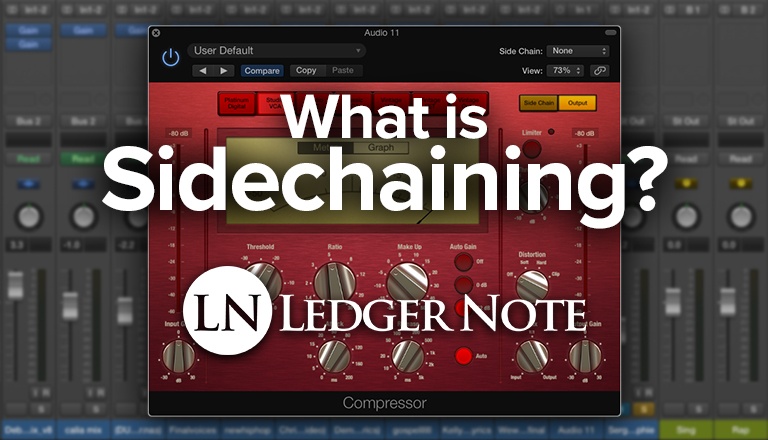

Begin by duplicating the track that you want to use look ahead compression on. It’s quite straightforward to set up look ahead compression using a compressor that doesn’t have a look ahead function built in. How to set up look ahead compression if your compressor doesn’t have this function built in Plus, most modern DAW’s have built in automatic delay compensation to correct latency introduced by plugins. But it is the delayed signal that the compression is applied to.īecause the signal that is going to be processed by the compressor doesn’t arrive until a few milliseconds after the non-delayed signal has told the compressor what to do, the compressor is effectively able to look ahead and react to changes in advance of them happening.Īt this point, you may be asking yourself this… if the signal coming out of the compressor is delayed, will my track sound out of time? Because the delay applied to the signal is so small, you shouldn’t be able to hear a difference. It is the non-delayed signal that the compressor reacts to. Meanwhile, the non-delayed signal is fed to a side chain. The duplicate version of the signal is delayed slightly, usually by between 1 and 10 milliseconds. If your compressor offers a ‘look ahead’ function, then when you enable this option, the signal going into your compressor is duplicated. So look ahead compression let’s you achieve the smoother and more natural sound that you would associate with slower attack times, whilst still capturing very fast transients in your audio signals. What’s more, very fast attack times can sometimes yield unnatural sounding results. That’s because with some compressors, even when you set them to their fastest attack time, they are simply not quick enough to react to very fast transients. Look ahead compression can be really useful. This allows the compressor to react to the forthcoming level changes earlier. Look ahead compression effectively allows your compressor to see the signal a few moments in advance of it being processed.

In this article, we’ll look at what ‘look ahead compression’ does, why it’s so useful and how to use it. In addition to the usual parameters that you’re used to using on a compressor like threshold, ratio, attack and release, some compressors also have a ‘look ahead’ function.


 0 kommentar(er)
0 kommentar(er)
